
I absolutely hate it when I go to the fridge and find that the crisp fruits and veggies I just bought had turned soggy and wilted. Fresh produce and dairy products (especially the organic varieties) aren’t cheap!
I’m not a fan of throwing money in the trash, so I enlisted the wisdom of my mom and the Internet and came up with this list to make your groceries last as long as possible. Print it out and keep it in your kitchen. When you get home from the grocery store, refer to the list and get your money’s worth from your shopping trip.
-
Wrap lettuce (and other leafy greens) in aluminum foil
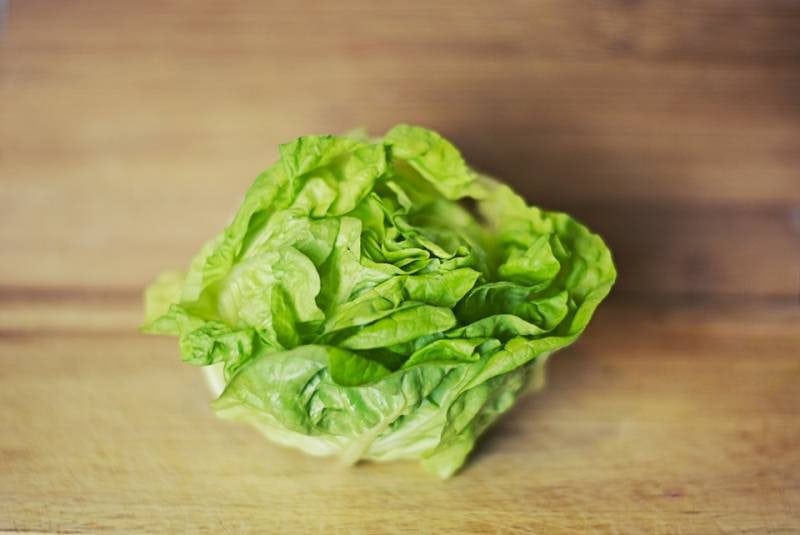
I like a good salad and my husband is a fan of anything green. That's why brown lettuce really bums us out. I burst out laughing when I first heard about it, but it seems that storing lettuce in aluminum foil is a common trick to keep it from browning.
One reason for this is that when lettuce tends to turn brown when exposed to light.. Browning also occurs due to oxygen exposure, which starts happening as soon as the lettuce is cut and harvested.
Aluminum-wrapped lettuce can stay fresh for up to a month. This strategy apparently works for celery and broccoli, too!
-
Wrap the stems of bananas in aluminum foil
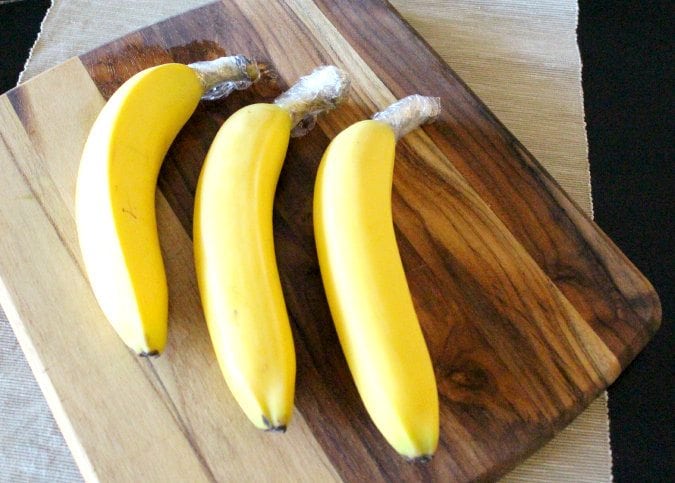
Image source: Handy DIY After I learned about wrapping lettuce, I realized that it shouldn’t have surprised me. I’ve been wrapping the stems of bananas in foil or plastic wrap for years. They usually stay fresher 4-5 days longer than normal.
Wrapping the stem keeps the banana from releasing the ethylene gas that causes it to ripen. To do this, simply break apart the banana bunch when you get home, and wrap each stem tightly in foil or plastic wrap. Here’s a video showing you how.
Some people suggest that you leave the banana as a bunch and wrap the entire crown, but I’ve found that I couldn’t get a tight enough seal on the crown. This might work if you buy really green bananas.
-
Put pre-chopped greens and baby spinach in a salad spinner
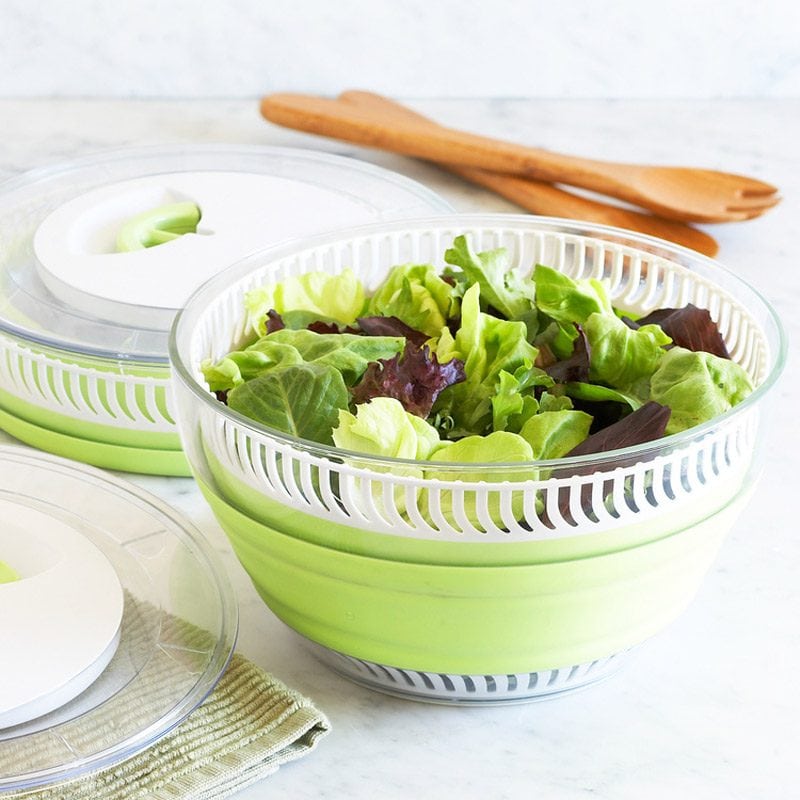
Image source: Step by Step Wrapping large lettuce leaves is one thing, but it won’t work for the pre-bagged chopped stuff or packages of raw baby spinach. Transfer these items to a salad spinner when you get home. Put the top on, and put it in the fridge.
The ventilated basket of the spinner will allow air to get to the greens at the bottom, as well as let any moisture drip through and away from your veggies.
-
Store a cut avocado with a cut onion
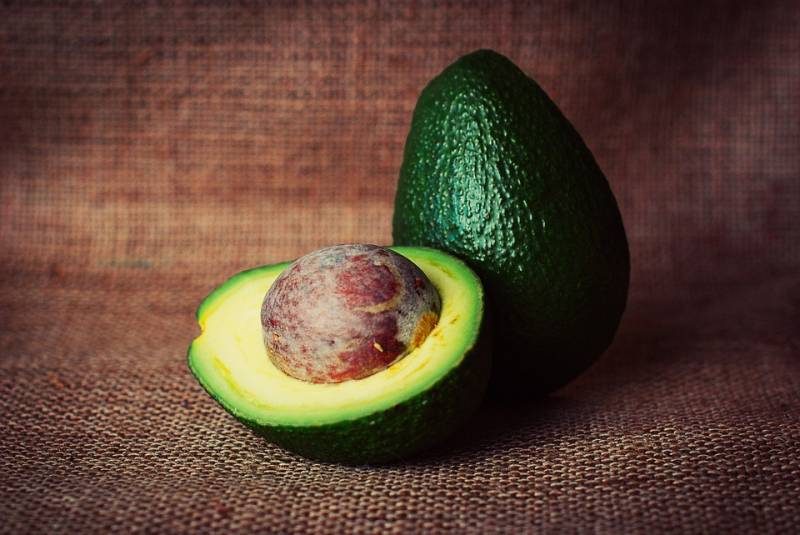
We’ve all been there: we don’t need the second half of the avocado, but we know it’s going to go brown. The guy in this video has been there, and he tells us how onions are the secret to preserving an avocado for up to 72 hours.
How does this work? The avocado has an enzyme that triggers browning when it interacts with oxygen. The sulfur that is released by the cut onion (the same thing that makes your eyes water) blocks the oxygen and the enzyme from interacting.
You can use this same trick when you store guacamole. Just scatter pieces of chopped onion on top of the guacamole and refrigerate.
-
Freeze fresh herbs
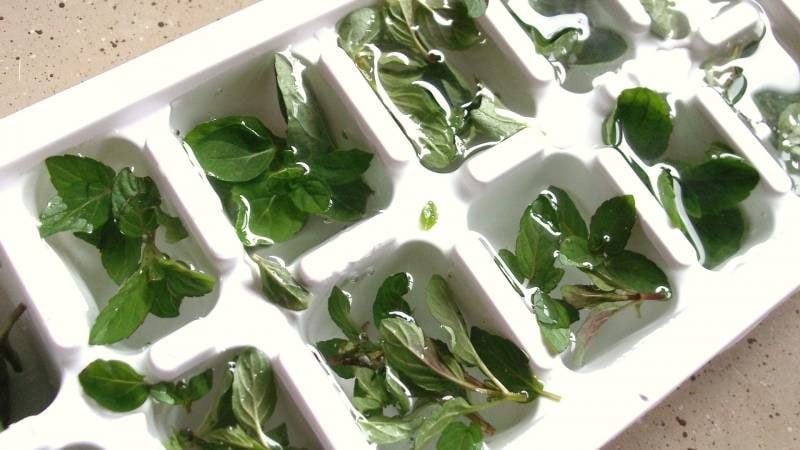
Image source: karonv.wordpress.com There have been many grocery store trips in which I have completely avoided buying fresh herbs simply because I knew I wouldn’t use them all before they went bad. No more!
Watch this video for a quick tutorial on how you can freeze fresh herbs with olive oil in an ice cube tray. I’d rather use this trick than force myself to find a recipe to use my rosemary before it goes bad.
-
Keep potatoes and onions separate
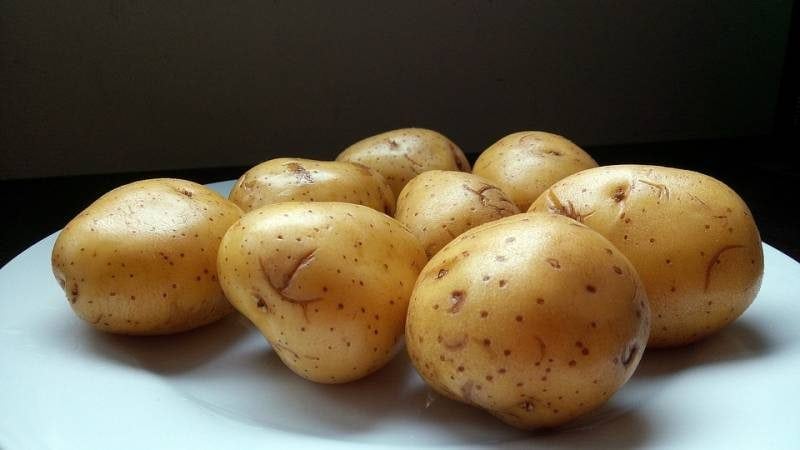
This isn’t as much a “DIY” as it is a “Don’t do this!” My mother was shocked that I was storing my potatoes and onions together. Turns out, each releases moisture and gases that cause the other to spoil sooner.Raw potatoes should be stored in a cool, dry place for up to one to two weeks, but they can last longer if you put them in a paper bag or anywhere else that is nice and dark .
Store onions anywhere cool and dry for up to 2-3 weeks. You can even store peeled, sliced onions in the freezer for up to 10-12 months in heavy-duty freezer bags or airtight containers. That’s definitely worth knowing next time there’s a good sale on onions!
-
Store onion and garlic in pantyhose for months
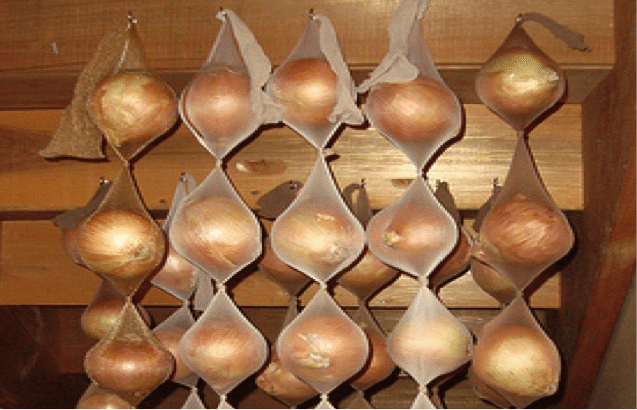
Image source: Cheryl Hicks Speaking of onions, there’s a reason that onions come in a mesh bag from the store. They need air to circulate around them to stay fresh. When you get them home and let them sit in a pile, only the onions at the top of the pile are fully exposed to air.
This pantyhose trick is super popular online, for good reason: it looks like nothing you’ve ever seen! Putting onions in the legs of the pantyhose and separating them with knots (or twist ties) keeps the entire surface of each onion exposed to air, to stay fresher longer!
You can do this with whole garlic bulbs, too, as they also need to be stored in a cool, dry place with proper air circulation.
-
Butter your cheese to keep it from drying and spoiling
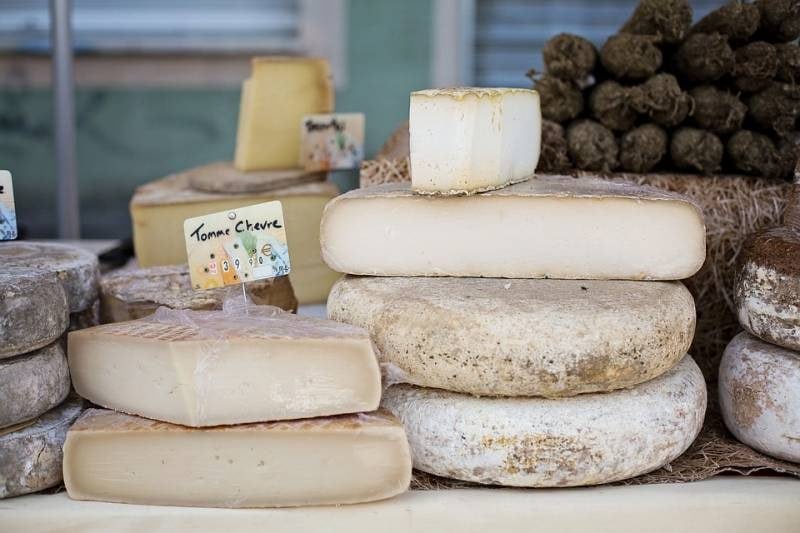
If you buy large chunks of cheese like Parmesan, you can keep them from drying out and developing mold by putting some butter on the cut part of the cheese.
The butter protects the cut edge from air that will dry it out, and also keeps a high enough fat content on the cheese to keep mold away (apparently, mold doesn’t like fat.)
You can use olive oil instead of butter, too. Always wrap your cheese in waxed paper so it can “breathe,” then put it in plastic wrap or a plastic baggie.
-
Freeze maple syrup for forever
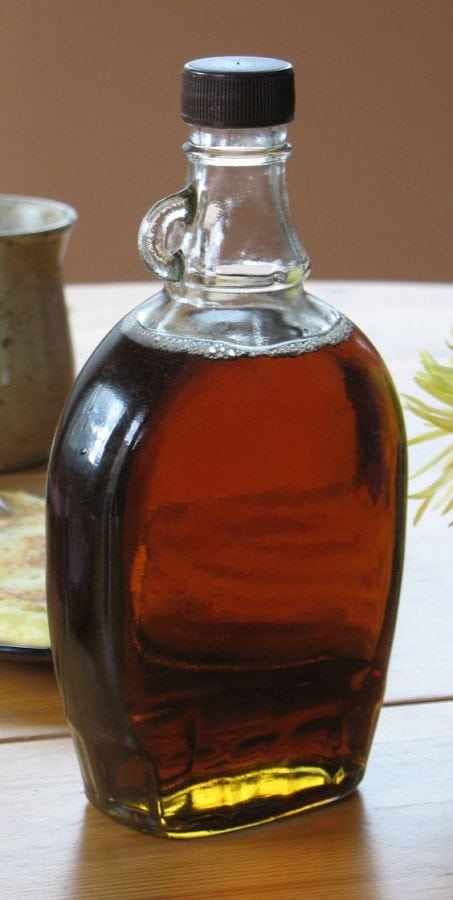
Good-quality, 100% pure maple syrup is so good, but usually pricey. I like to buy a couple of jugs at a time, but I never knew how to store it properly. Turns out you should absolutely refrigerate it to keep it fresh for up to one year. Even better: if you freeze it, it keeps indefinitely.My suggestion: break medium to large jugs up into smaller containers. Put one in the fridge, and the rest in the freezer. Thaw smaller containers as you need them.
-
Keep mushrooms in a paper bag
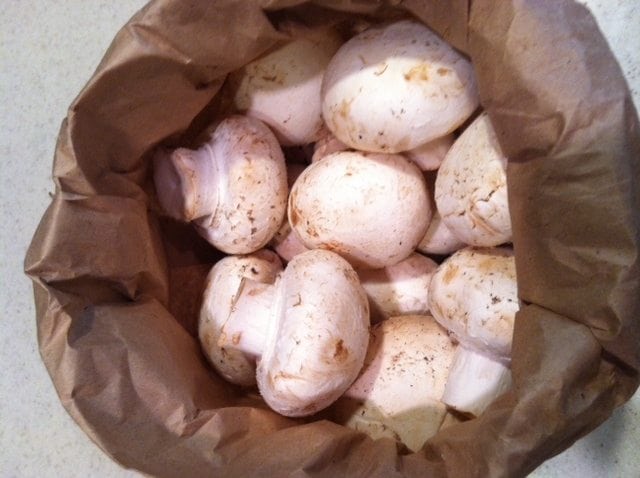
Image source: The Helpful Home Mushrooms are super absorbent, yet moisture causes them to spoil quickly. If you buy mushrooms in a plastic-wrapped container from the store, the moisture that naturally evaporates from them can get trapped under the plastic and ruin the entire pack.
To avoid the moisture trap, unwrap the package and toss the mushrooms into a small paper bag. Fold the top over a couple of times, and place the bag in the fridge. Any moisture will seep into the paper, away from the mushrooms. I like to flip the bag over every couple of days, so that the mushrooms on the bottom aren’t squished and soggy.
-
Store natural peanut butter upside down
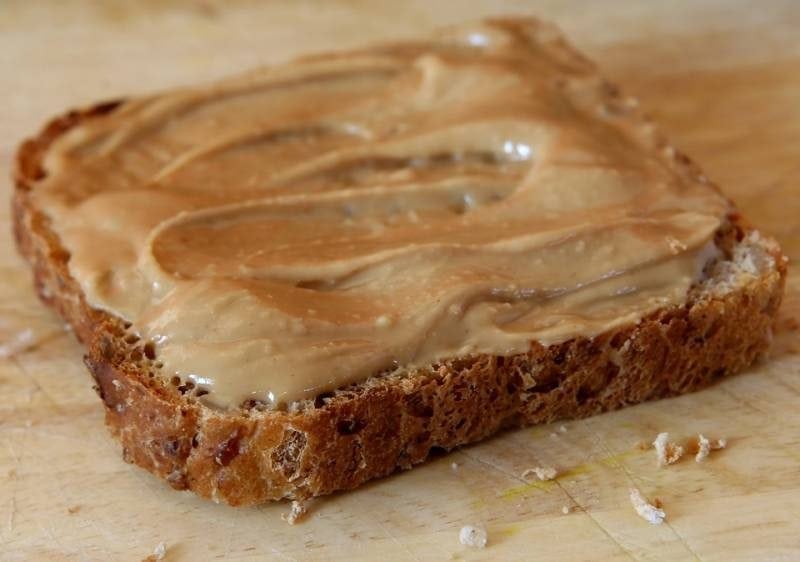
I learned that if you store peanut butter upside down (sitting on its lid), the oils will float to the bottom of the jar when you flip it and open it up.
You can do this until you break the seal on the peanut butter, and even after. Just make sure the lid to the jar is really tight, or put the entire jar upside down in a bowl.
I like this trick because gravity pulls the oil back down to the bottom, where you can otherwise never really re-distribute it, causing the peanut butter to dry out at the bottom.
-
Freeze your dairy products
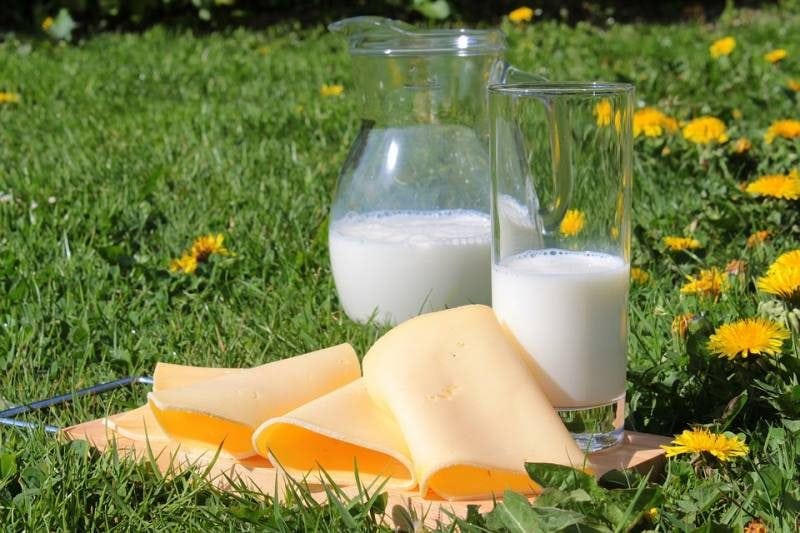
Milk can be frozen for up to 3 months. Thaw it out in the fridge (like you would frozen meat), then shake it up before using. It won’t have the exact same texture as fresh milk, but it will taste the same and have the same nutrients as fresh milk. If you’ve been using a gallon of milk and think it is on the verge of going bad, you can freeze a smaller amount in an ice cube tray. Like with frozen herbs (above), you take the milk cubes out of the tray once frozen and put them in a labeled baggie (that way, you get your ice cube tray back!)You can do the same thing with half and half, heavy whipping cream, and buttermilk. We use half and half for both our coffee and to cook, so doing this is a lifesaver.
My mom always bought three or four boxes of butter sticks at a time and froze them. I do the same so that I never run out. Butter thaws quickly and retains its texture and taste perfectly, so I just grab a stick when I see that the one in the fridge is running low.
You can freeze shredded cheese, cream cheese, Greek yogurt, and even eggs to make them last longer. Watch this video to find out how.
-
Use bottle tops to make an airtight seal on a plastic baggie
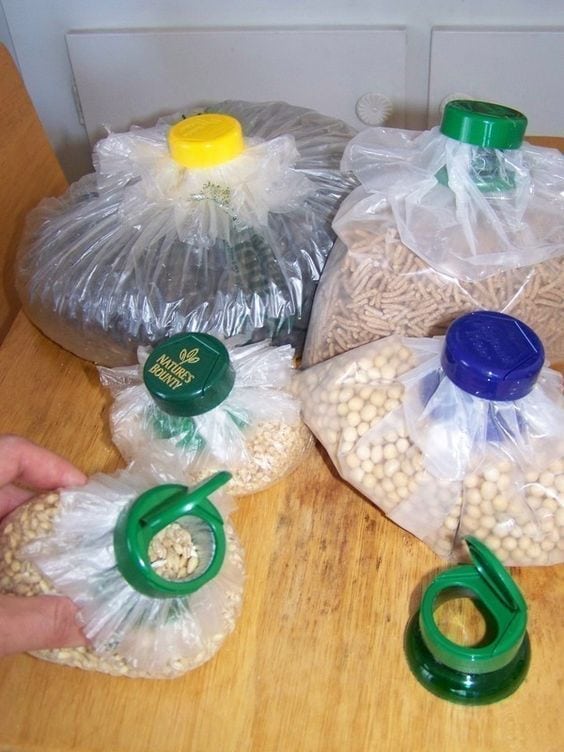
Image source: Pinterest I always end up breaking those little bread tags and throwing away twist ties, so I’m left tying knots to seal my plastic bags (when I don’t use zip-close ones). A new trick I just learned is to use the top of an empty plastic bottle to get an airtight–and easy to open–seal on a baggie.
Watch this video to see how easy (and genius) this idea is. Now you won’t have to fight with untying and retying knots!
-
Store leftover chips and crackers in the freezer

We like chips and crackers at our house, but we don’t buy them often because we don’t have the willpower not to eat them. So whenever we had had parties and there was a half-full bag of crackers left, the leftovers were always stale by the next time we had company again.
My new trick is to store the leftovers in the freezer. I put the crackers in a heavy-duty freezer bag, squeeze out all the air before sealing, and then wrap the entire bag in foil (to keep out any moisture). The crackers taste great four to five months later (after they’ve thawed, of course!)
-
Roast and freeze nuts ASAP
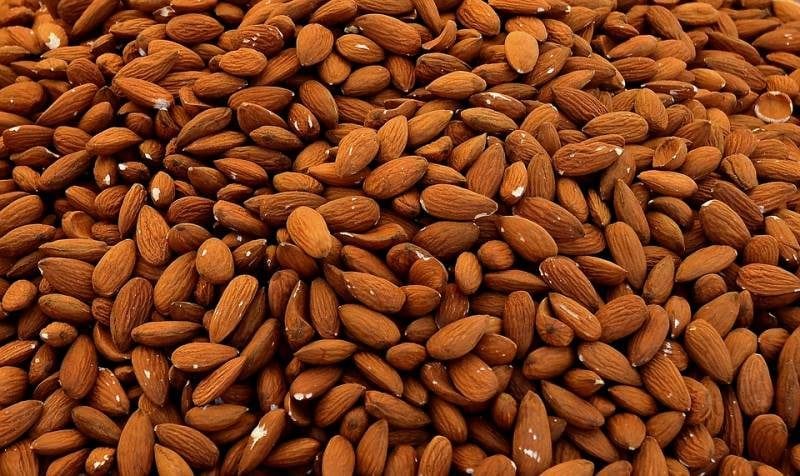
I already keep nuts in the freezer, whether I buy a small amount or go crazy and buy them in bulk. It’s a well-known fact that the oils in nuts cause them to spoil when left at room temperature. You can freeze just about any variety of nut from almonds, to peanuts, to pine nuts.A new trick I found is to roast the nuts before you freeze them. Since I always end up roasting nuts before I put them in a recipe (they have a much better flavor), this makes a lot of sense. If I don’t do this right after I get home from the grocery store, I can easily do it on a weeknight while I’m cooking dinner.
FYI: seeds also have a high oil content and will stay fresher longer when frozen.
-
Freeze your baked goods
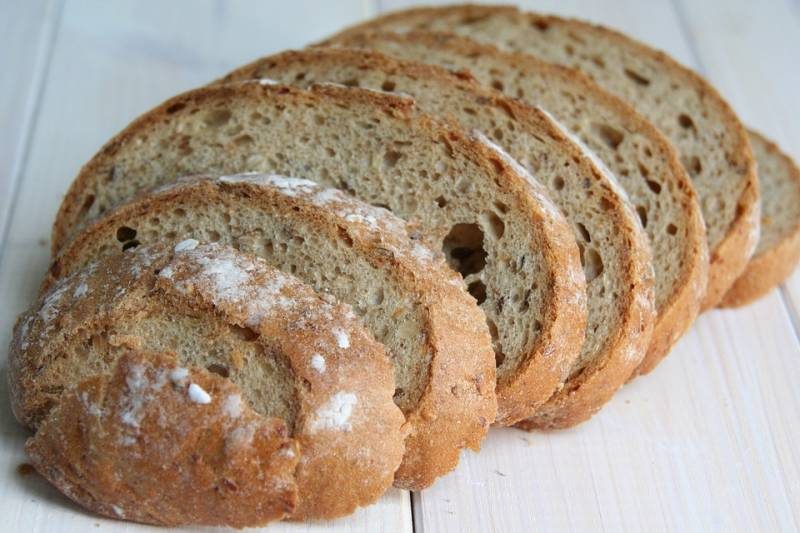
Baked goods like bread, English muffins, sweet muffins, and even flour tortillas start to dry out and go stale when left at room temperature and even in the fridge. Freezing bread products is the best way to keep them from going stale, while retaining flavor and texture.
At our house, a loaf of pre-sliced, store bought bread can last at least a month and still taste great.
-
Freeze tomato paste
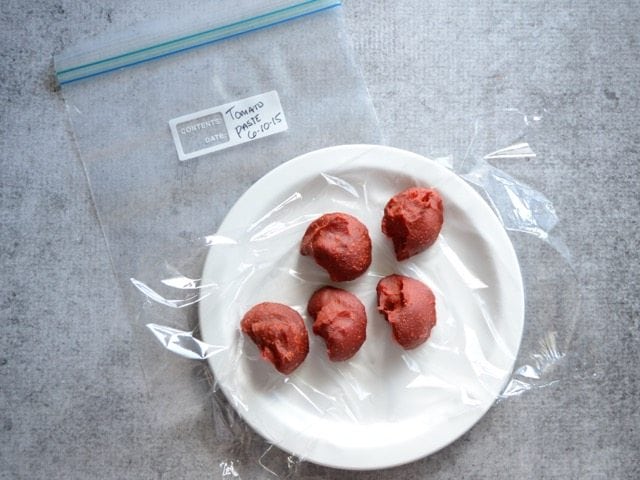
Image source: Budget Bytes Tomato paste: so expensive and so poorly packaged for the average home cook! You always end up with too much of it and feel forced to use it again soon. Happily, this is a freezer-friendly food. You can even make little tomato paste “dollops” and freeze in a baggie.
You can freeze tomato paste in heavy-duty freezer bags, ice cube trays, or just a plain ol’ airtight container. It will stay good for 2-3 months.
-
Keep grapes longer by not rinsing them
 It might seem convenient to rinse a big bunch of grapes right when you get home (especially if you have little kids who will grab them from the fridge), but doing so can make them spoil faster.
It might seem convenient to rinse a big bunch of grapes right when you get home (especially if you have little kids who will grab them from the fridge), but doing so can make them spoil faster.Excess moisture makes grapes spoil faster, so only rinse them when you’re ready to eat them. Keep them in the fridge in a plastic bag.
Freezing grapes has also become popular these days, since they keep longer and people like to eat them as frozen snacks.
-
Put fresh berries in a vinegar bath
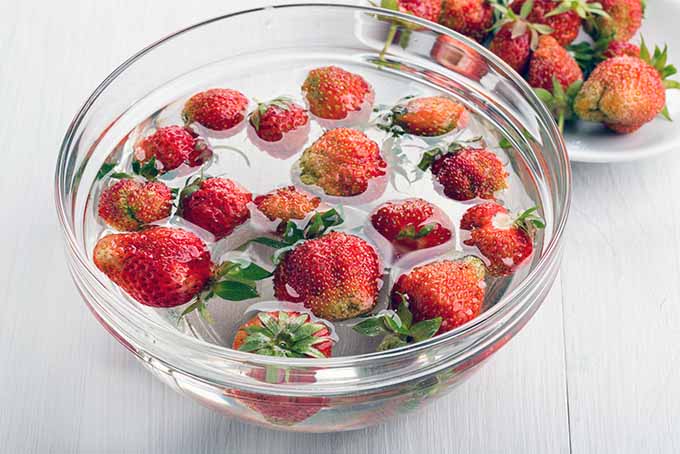
Image source: Foodal Don’t just stick your newly bought strawberries and blueberries in the fridge and hope for the best. When you get home from the store, wash them in a mixture of white vinegar and water. This solution kills the bacteria and mold spores that are already slowly causing the berries to decay.
Here’s what you do: place the berries in a bowl or salad spinner and add a water/vinegar mixture (3 parts water to 1 part vinegar; adjust depending on how many strawberries you have).
Swish the berries around, let them soak for a few minutes, drain, repeat with another 3:1 mixture, do not rinse, and lay the berries out on a dry kitchen towel. Pat dry. Transfer berries to a breathable container.
You can also do this for blackberries and raspberries. You’re looking at an extra 5 or so days of fresh berries!
-
Store soy sauce in the fridge

I only experiment with Asian flavors at home a couple times a year, and I always end up buying a new bottle of soy sauce because the other one seems way old. Apparently, keeping soy sauce in the refrigerator will help it keep its flavor for up to two years.
-
Melt crystallized honey to get its texture back
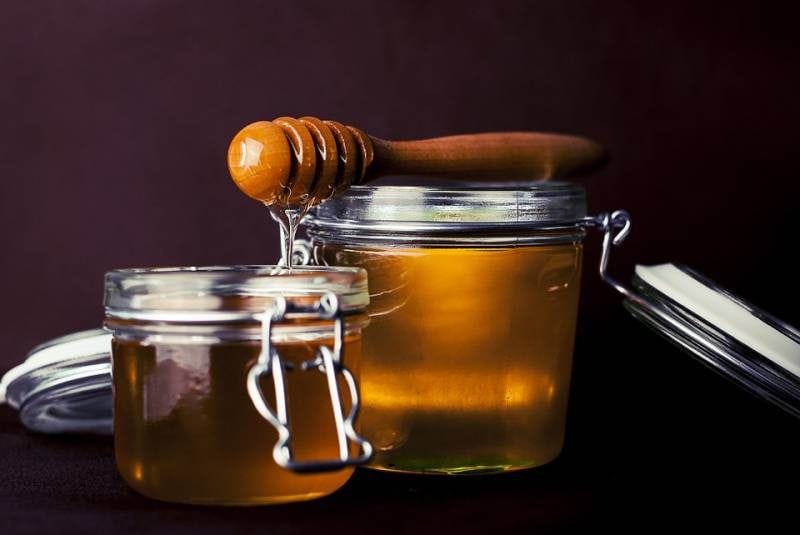
My husband is always buying honey, even when we’re totally stocked up on it. For the jars that form crystals, we put the (glass) jar in a pan with a little water and bring it to a simmer. Once the entire jar is a little warmed up, give it a stir and the crystals will melt back into gooey honey.
Honey can last forever because of bacteria-fighting enzymes from the honeybees' stomachs.
Bonus Tricks:
- Label everything. A lot of these DIY tricks require you to cover the food so you can’t see it, or put it in the freezer where you might forget about it. Remember to label things–with dates–as you wrap/freeze them. I like to keep a permanent marker, like a Sharpie, in the kitchen for labeling.
- Post lists to the fridge. Don’t cross things off of your list as you buy them. Put a check mark next to them, instead. When you get home, stick your list to the fridge door so that you and your family can quickly glance at what’s inside and use it before it goes bad.
- If you enlist your kids or spouse to help with putting the groceries away, put a list of what goes where on the fridge (for example, “tomatoes = countertop, stem down”, and “mushrooms = paper bag in fridge”).
- Shop for fruits and vegetables in season. Aside from spending less, you will also get the benefits of fresh produce.
It’s Time to Save in the Kitchen
I hope you learned something new from this list. I always think it’s fascinating to learn about the foods we eat on a regular basis. More importantly, I love both my food and my money, and I hate to see either go to waste.
Do you have your own tricks for keeping groceries fresh and long-lasting? Share them in a comment, or post a question.




I save all the large gussetted paper bags that we get from the chemist. I put all my fruit and veg. in them so that any moisture given off is absorbed